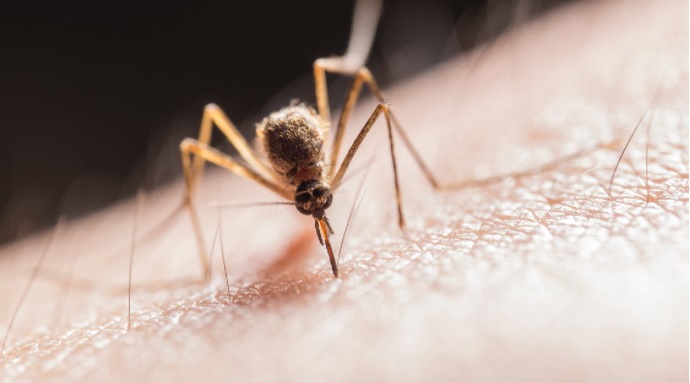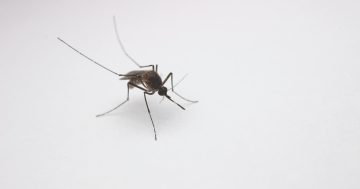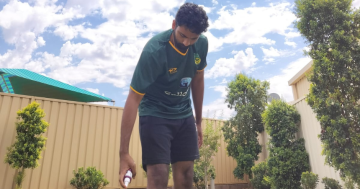
Mosquitos are believed to play a role in transmitting Buruli ulcer. Photo: File.
Eurobodalla residents and visitors are again being urged to cover up and avoid mosquito bites following the discovery of local transmission of a flesh-eating bacterial infection for the first time since 2023.
Southern NSW Local Health District is warning people to watch out for symptoms of the skin condition Buruli ulcer, a rare bacterial infection that researchers believe may be transferred from possums to humans via mosquitoes, and then grow as a “silent” progressive ulcer.
Local transmission of Buruli ulcer was confirmed for the first time in Southern NSW in 2023, after three people were diagnosed with the illness between 2021 and 2023.
The recent case is the fourth locally acquired case of Buruli ulcer in Southern NSW and the first since 2023.
Buruli ulcer has been reported in parts of Queensland, Northern Territory, and multiple areas in Victoria. The number of cases in Victoria varies from year to year, but numbers have been increasing to between about 200 and 360 cases per year since 2017.
Buruli ulcers typically appear as a painless red spot and progress over several weeks into an ulcer. According to a Canberra infectious disease expert, it can do quite a bit of damage before it is detected.
Anyone with a non-healing skin ulcer should see a doctor. Buruli ulcer is curable with appropriate treatment but early recognition and diagnosis are important to minimise skin damage.
While the precise transmission method for Buruli ulcer is not fully understood, there is increasing evidence that mosquitoes play a role in transmitting the infection. In many cases, the Buruli ulcer may not appear until four to five months or longer after exposure.
Late last year, researchers identified Batemans Bay as a potential new hotspot for Buruli ulcer, which is caused by Mycobacterium ulcerans. Findings published in PLOS Neglected Tropical Diseases, suggested the disease could spread further across the state.
The study, a collaboration between infectious disease experts from Canberra Health, the Doherty Institute, the University of Wollongong, NSW Health and Austin Health, reported two cases in Batemans Bay, a decade after the first known NSW case in Eden.
“Genome sequencing of samples from the Batemans Bay cases provided important clues about the infections,” said the University of Melbourne’s Professor Tim Stinear, co-author of the paper and director of the WHO Collaborating Centre for Mycobacterium ulcerans at the Doherty Institute.
“The genomic analysis revealed that the bacteria which caused the two infections in Batemans Bay were identical. It also showed that they were genetically linked to the previous Eden case but distinct from the bacterial lineage prevalent in Victoria, including Melbourne, Geelong and surrounds.
“The forensic power of genomics showed us that the disease has established a foothold in southern NSW, separate from the endemic areas of Victoria.”
People can reduce their risk of Buruli ulcer by wearing loose, light-coloured clothing with long sleeves and pants and applying mosquito repellent that contains DEET.
Residents can prevent mosquito breeding by removing items around their home that might collect water, such as old tyres or empty pots. Drainage issues should be addressed so that water does not become stagnant. Ensure coverings for windows and doors have insect screens with no holes or gaps in them.















